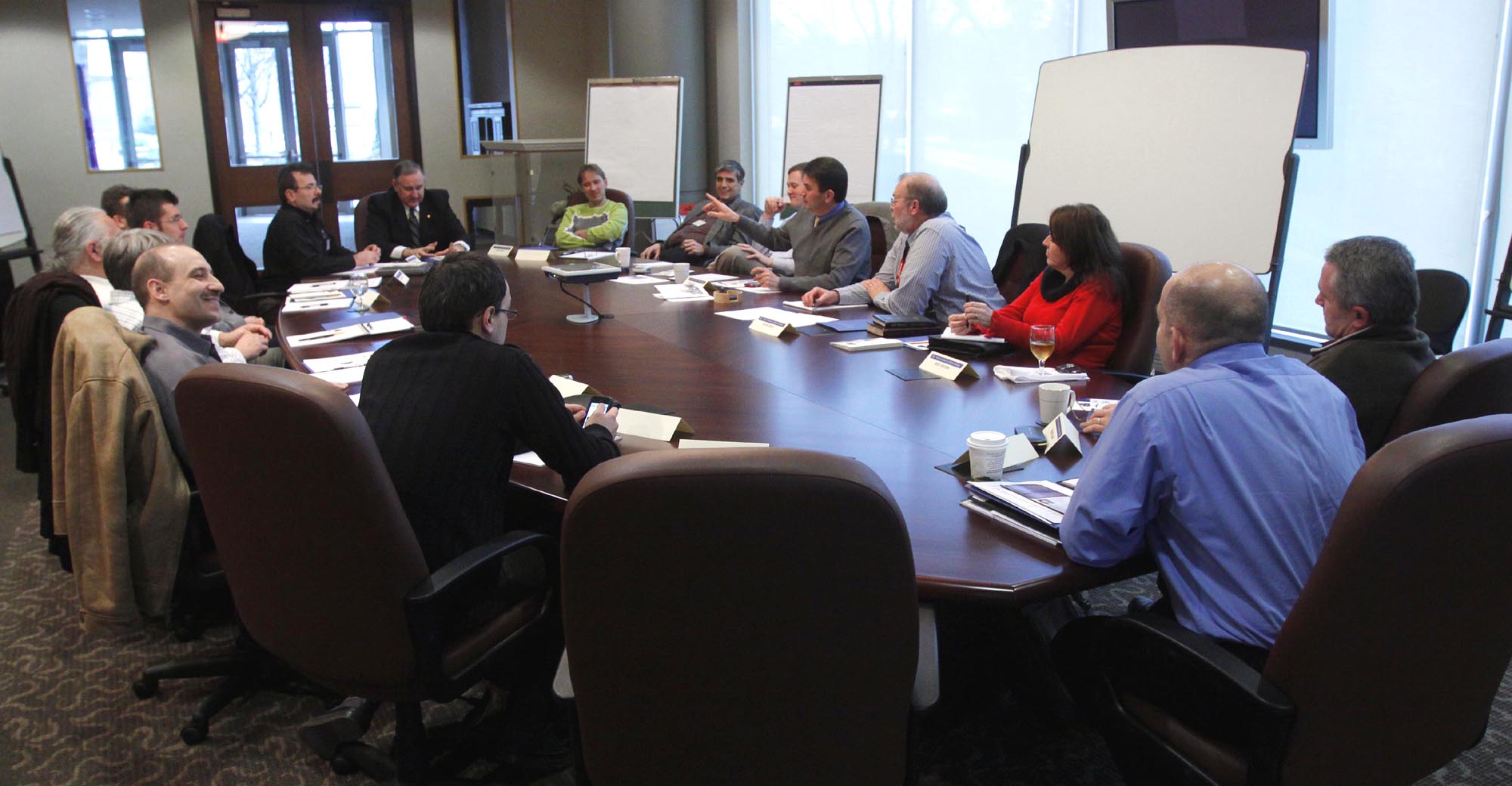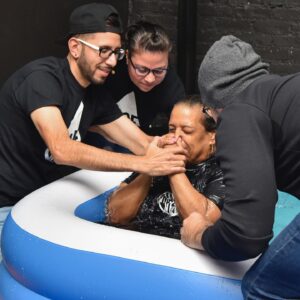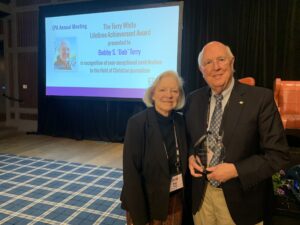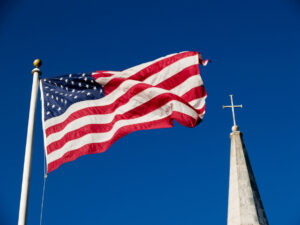
ALPHARETTA, Ga. (BP)—With 11 million people of Polish descent across North America, one of the greatest challenges facing Polish pastors and church planters is how, with limited resources, to reach them with the Gospel.
It may be a greater challenge than even the Polish population’s devout Catholicism: Only about 30 churches of any evangelical denomination are focused toward reaching the Polish population in the United States and Canada.
The question of how to multiply leaders and congregations filled much of a two-day meeting of the Polish Baptist Association at the North American Mission Board in Alpharetta, Ga. In attendance were pastors from New York and New Jersey; Chicago; Toronto; Philadelphia; Minneapolis; Cleveland; Grand Rapids; Orlando; and Erie, Pa.
“Right now we have one church for every 400,000 Poles,” said Mark Hobafcovich, NAMB’s urban church planting consultant. “If a fully funded pastor were required for each church start, the costs would be astronomical just for salaries alone.”
But through a multiplication model, Hobafcovich envisioned Polish churches reaching people by multiplying themselves and raising up new leaders. The Polish association embraced a vision for 500 churches among the North American Polish by the year 2030, beginning the initiative in conjunction with NAMB, field partners and other evangelical networks during the coming year.
The Polish population is most heavily concentrated in the Midwest and Northeast. Chicago boasts the highest concentration of Poles of any city and New York the highest of any state.
The North American Polish community encompasses a great number of second- and third-generation Poles, but also a number who are first-generation, some of whom arrived following World War II and some who have been in the United States only a short time.
“While the window on immigration is slowly closing, it hasn’t closed yet, so we still see an opportunity to reach the newly arrived,” said Mark Szajner, president of the Polish Baptist Association.
“There’s also the possibility that reaching the Polish population here will produce missionaries returning to Poland with the Gospel,” said Szajner, an architect and Southern Baptist pastor among Poles in Minneapolis.
In order to incorporate multiplication into their churches, the process envisions the nurturing of a core group of 12 people, at least three of whom would rise as leaders. From the three emerging leaders, 36 new disciples would be sought and disciple, and the multiplication continues.
Regarding the tightly held beliefs of many traditional Poles, Szajner noted, “To be Polish is to be Catholic.”
“Our challenge,” Jerzy Ratz, a native of Poland and a NAMB maritime missionary in Philadelphia, said during the association’s Feb. 9-10 sessions, “is to help Polish see that we believe Mary was a special woman and a model for Christians, but only because she pointed to Christ.”
Another challenge involves many Poles’ rigid views of how to do church, said Steven Reece, a Polish church planting consultant. “There is a distinct difference between membership and discipleship,” Reece said. “We don’t need more members. We need more disciples.”
After pastors return to their congregations with a sharpened vision for the daunting task of reaching their countrymen with the Gospel, they’ll attend an April 2010 follow-up meeting in Pennsylvania, accompanied by new prospective leaders from their churches.
“What we want to do is not only to get pastors excited about this but spark a vision in the minds and hearts of their multiplying leaders,” Hobafcovich said. “This is a process we’re excited about, and we are honored that our Polish pastors and leaders have allowed us to join them in reaching their people for Christ.”
–30–
Adam Miller is a writer for the North American Mission Board.
















